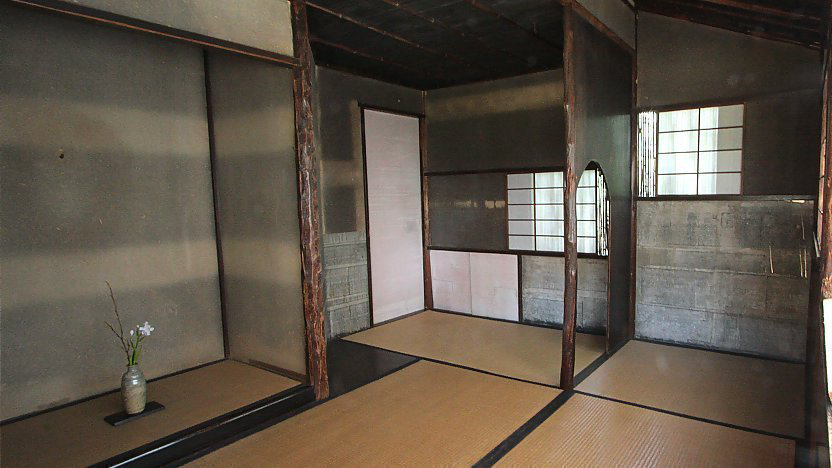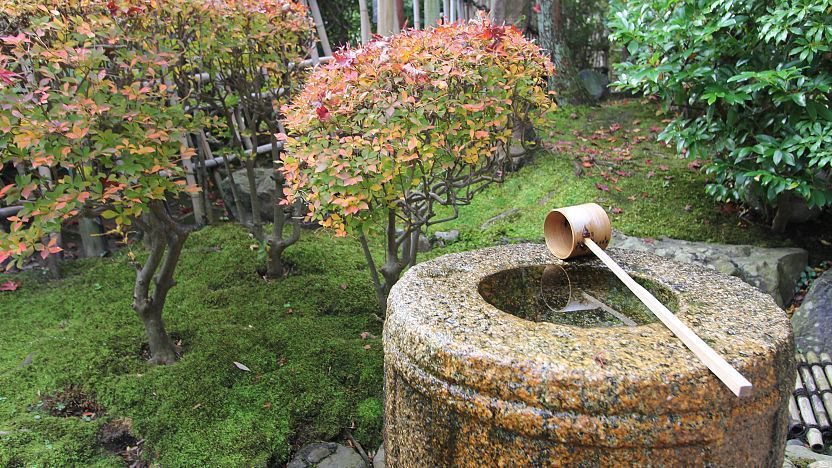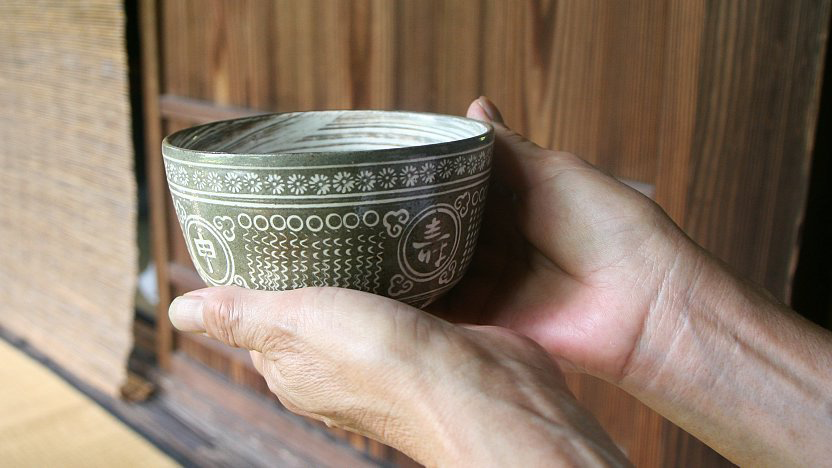What is the Japanese Tea Ceremony?
The Japanese tea ceremoy (茶道, sadō or chadō, lit. "the way of tea" or 茶の湯, chanoyu), is a tradition in which the preparation and drinking of green tea takes place in a tearoom with the floor being tatami. The purposemof this tradition is to give guests the time of hospitality in soothing and calm atomsphere from busy life. Today, it is practiced as a hobby and are offered at gardens, culture centers, and hotels in Japan. This tradition is especially best to celebrate in Kyoto and Uji.

What is the historical background?
Before its arrival in Japan, tea originated from China in the 8th century before gaining popularity during the Muromachi Period (1333-1573) in all social classes. Tea drinking parties were then introduced as a way for participants to show off their tea bowls and display their knowledge on tea. Tea parties would also inspire rustic simplicity and spirituality.

What are the procedures?
The tradition would follow a procedure that was often followed throughout the ceremony. It starts with a kaiseki course meal, followed with a bowl of thick tea befor ending with a bowl of thin tea. A strict dress code is required in which participants are to avoid wearing heavy perfume and gaudy fashion. They are to wear modest clothing and have their jewelry removed that could damage any tea equipment. These ceremonies would take place in a beautiful garden with stones that lead to the teahouse with a stone basin nearby for guests to wash their hands before entering the tearoom. When preparing the tea, a tea whisk (chasen) tea container of matcha (natsume), tea scoop (chashaku), tea bowl, plate or container of sweets, and kettle and brazier is used. Lastly, sweets are served before the tea to be eaten first. At the end, time for inspection and appreciation for the tea bowl is taken place and turned towards the host once finished.
